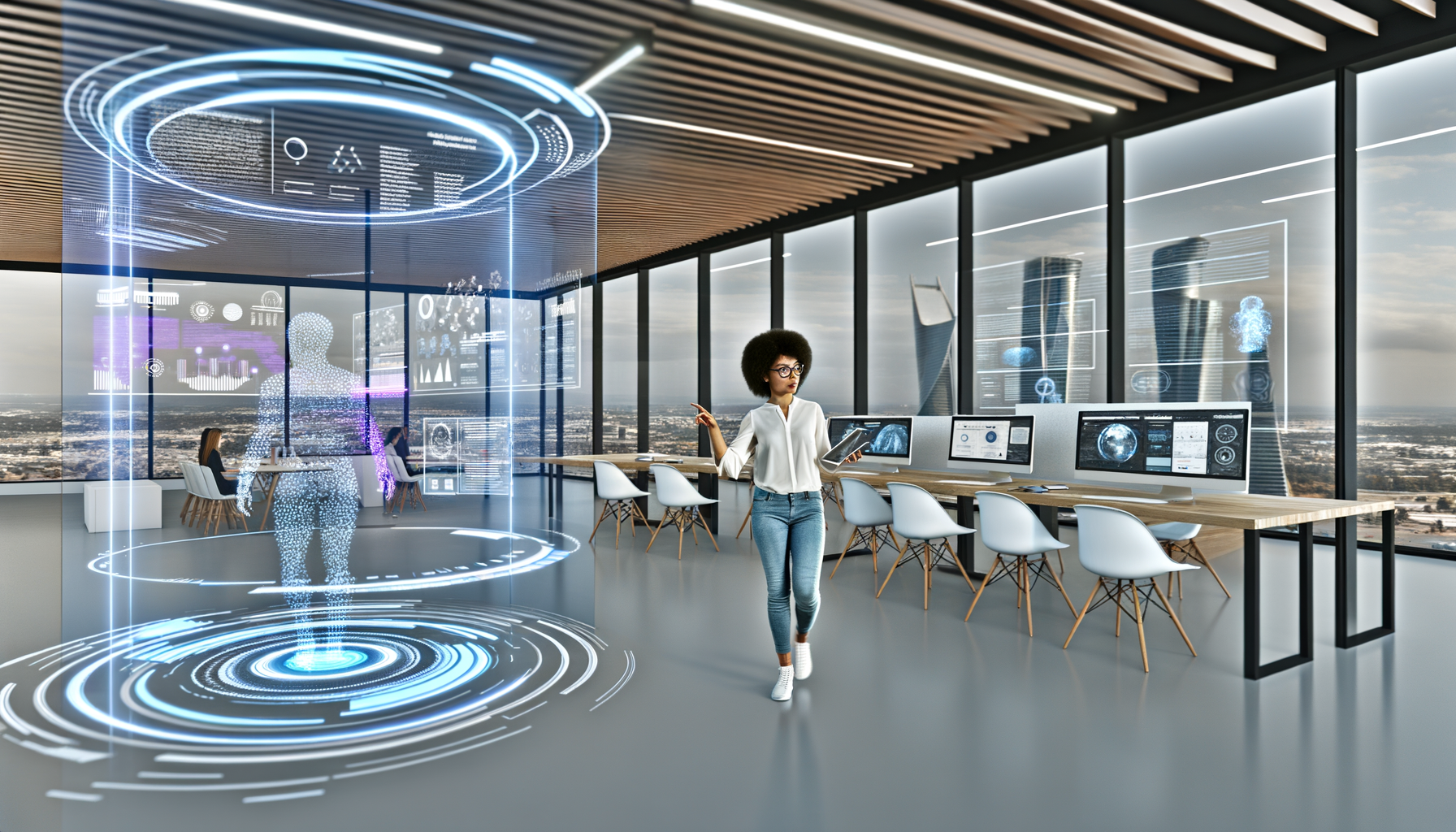Shifting Focus: The Rise of Agentic Workflows in AI
Artificial Intelligence (AI) is everywhere these days, touching every aspect of our lives, from the apps on our phones to the cars we drive. One of the fascinating developments in this realm is the emergence of agentic workflows. These workflows allow AI systems to operate with greater autonomy, reshaping how we interact with technology and even how we work.
What are Agentic Workflows?
Before we dive deeper, let’s clarify what we mean by “agentic workflows.” Simply put, these are processes where AI agents can take independent actions based on their learning and the environment around them, rather than solely relying on human input. Think of it like a self-driving car: once it understands the road and conditions, it makes decisions on its own.
This capability is crucial, especially considering recent developments. For instance, the Claude AI Agent Computer Interface (ACI) currently performs at about 14% of human capability. While this might seem low, it’s essential to recognize that it represents a significant stride towards more complex and capable AI systems. The goal is to enhance this performance by creating workflows where AI can run on its own and produce useful outcomes.
The Benefit of Autonomy
Why do we need AI to work in a more independent way? The answer lies in efficiency. An AI that can manage workflows without constant human oversight can free us from mundane tasks, allowing us to focus on more creative and strategic parts of our jobs.
Imagine a world where your computer takes care of scheduling meetings, managing emails, and even preparing reports based on the latest data analysis without needing your constant input. It might sound too good to be true, but with the rise of agentic workflows, we’re moving closer to this reality.
Real-World Applications
Now that we know what agentic workflows are, let’s explore some real-world applications:
- Customer Support: AI can handle routine queries, allowing human agents to focus on more complicated issues.
- Project Management: AI tools can track project progress and automatically adjust timelines and manage tasks.
- Healthcare: AI agents can analyze patient data and provide timely reminders for medication or follow-ups, promoting better health.
The key takeaway is that agents can learn from their experiences, improving how they operate over time and maintaining a high level of productivity. This self-improvement aspect is crucial in enhancing their effectiveness in various fields.
Challenges Ahead
Despite the promising future of agentic workflows, several challenges remain. One of the most significant hurdles is ensuring that AI systems act ethically and safely. As we give AI more autonomy, we must also ensure they are guided by strong ethical frameworks to prevent unintended consequences.
Another concern is the potential job displacement caused by increased automation. While AI can take over repetitive tasks, the question remains: will it create new jobs, or lead to a net loss in employment opportunities? This debate is critical as we move forward in integrating AI more deeply into society.
Building a Collaborative Future
As we explore these new workflows, the goal is not to replace humans but to empower them. Collaboration between AI and humans can lead to incredible innovations. Rather than fearing the changes brought by agentic workflows, we should embrace them, seeing AI as our teammate rather than a competitor.
As AI evolves, so should our understanding and approach to work. Training and educational programs will need to adapt, ensuring that the future workforce is well-equipped to thrive alongside these intelligent systems.
Conclusion
The rise of agentic workflows represents an exciting new chapter in the development of AI. With systems like the Claude AI Agent Computer Interface only at 14% of human performance, we have a long way to go. However, the journey has just begun, and with determined efforts toward ethical AI and proper collaboration between machines and humans, the future is bright.
So, as we move forward, let’s keep our minds open and our hearts willing to adapt. The combination of human creativity and AI efficiency has the potential to unlock doors we’ve yet to imagine. Together, we can navigate this new landscape and harness AI’s power for the betterment of all.
For more insights into AI advancements and future trends, be sure to check out our other posts and stay updated!


